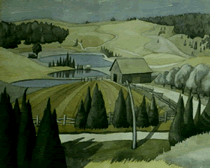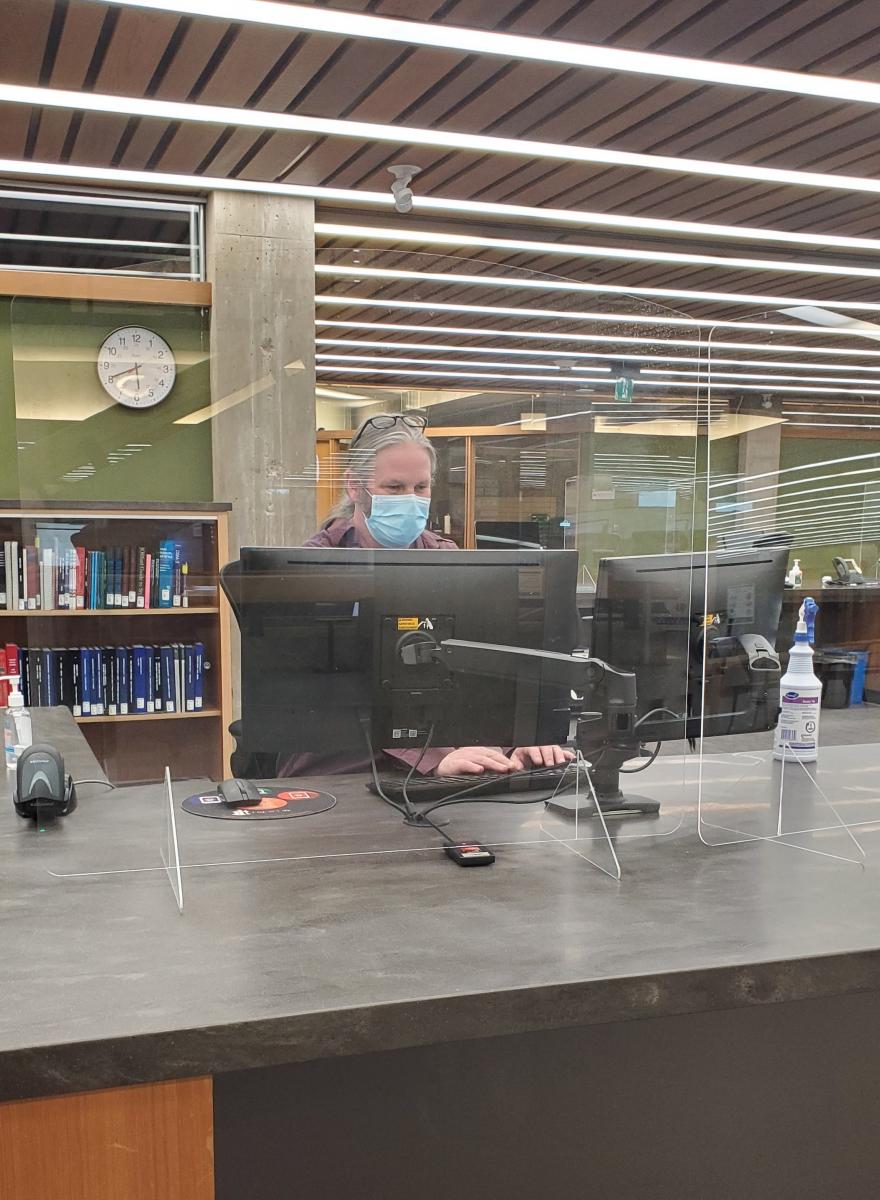
Established in 1969, the Archives holds a unique collection of primary materials documenting the history and institutional knowledge of Trent University, and the history of institutions, organizations, and individuals of the Trent Valley region (including Peterborough and the surrounding counties of Victoria, Haliburton, Hastings, Northumberland and Durham). We are also responsible for Special Collections, a collection of rare books and local titles. Our collections are built to support the administration of the university, teaching and research at the university, and the research needs of the broader public.
The Archives is guided by the Archives Policy and the Special Collections Policy.
Trent University Archives has two named areas: Northway Reading Room, and Michael Treadwell Special Collections and Rare Books Room.
Staff
- University Archivist and Head, Special Collections: Karen Suurtamm
- Archives Associate: Tori Cartwright
- Archives and Reading List Associate: Rebecca Kolisnyk
Former Heads
- University Archivist: Jodi Aoki
- Librarian Emeritus: Janice Millard
- University Archivist Emeritus: Bernadine Dodge
Archives FAQ
Trent University Archives...
-
has 9439 cubic metres of textual material, 42,000 photographs, 550 reels of microfilm, 1620 sheets of microfiche, 858 maps, 1049 audio and video tapes, plus newspapers, drawings and audio-visual records; in addition to hard copy materials, digital records are also being acquired.
-
provides a reading room for researchers; complete guides to all the holdings; a comprehensive Web site; research advice; photocopying and other document reproduction as appropriate; reference books and much more.
-
is open to all members of the public and the university community - without charge; the holdings have provided primary evidential and informational research material for numerous books and articles.
-
is an active member of the Association of Canadian Archivists and the Archives Association of Ontario.
-
adheres to the principles of professional archival management including: the employment of professional staff; adherence to professional practices and protocols such as R.A.D.; participation in professional archival networking initiatives such as ARCHEION and ARCHIVES CANADA; having written policies on acquisition, arrangement, description, preservation and disaster planning; maintaining secure and environmentally protected premises for the preservation of our holdings; maintaining regular hours for researchers wishing to visit our reading room.
We are Often Asked....
1. What are Archives and what do Archivists do?
We tell you answer this question in our archives tutorial.
2. Do I have to make an appointment before coming to the Archives?
Although we try to keep regular hours sometimes the Archives is closed if we are conducting a seminar, away at meetings, off-site attending to appraisals, and so forth. Therefore, although an appointment is not mandatory, it's a good idea - especially if you're coming from a distance.
3. Can I arrange for a tour or an orientation session for my students?
Sure, just give us a call or e-mail us with the request.
4. Who uses Trent University Archives?
Well, naturally Trent students and faculty use our resources as primary resource materials. Several theses have been written using our collections. But, more than half of our users come from outside the university. They are historians, biographers, film makers, playwrights and genealogists. We have kept track of the number of books which have relied solely, or in part, on collections preserved here at Trent Archives. That number now approaches 100 volumes.
5. How many people use the Archives and its collections each year?
Registered users in any one year total over 1,000. We do not register casual inquiries or administrative users of the Archives. This number does not reflect our largest source of inquiry - our Web site. Requests for research and photocopying of materials via e-mail now accounts for nearly 2,000 users in addition to the users who come on-site. The more records we digitize, the more e-mail traffic we have. Remote access eclipsed on-site usage several years ago and will continue to dominate as we digitize more and more of our holdings.
6. What is the oldest document in our collection?
Some of the earliest documents are difficult to accurately date. One easily identified item is a Journal of the British Parliament from the reign of James I. It is handwritten and spans 1620 to 1621. A full description is available here.
7. What is the oldest map in our collection?
We have many rare and beautiful maps in the collection donated by Robert Hunter. One of the earliest is ca. 1556. It was drawn by Giacomo Gastaldi and is of Eastern Canada. Another Gastaldi map from 1565 shows America. Gastaldi also drew a map of Montreal dated 1565. It is entitled "Village of Hochelaga" but also uses the term "Monte Real" for the first time. One of the most attractive maps in the collection is by Frederick De Wit and shows the Arctic regions from a polar perspective. It was drawn in 1680. A reproduction of this map is available here.



